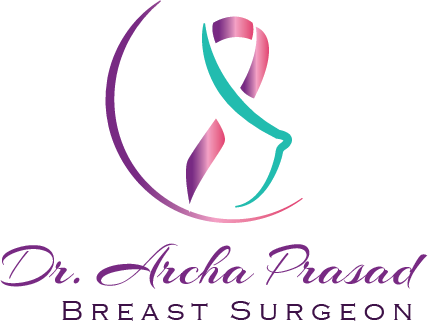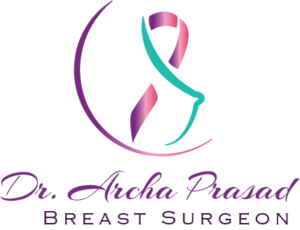Table of Contents
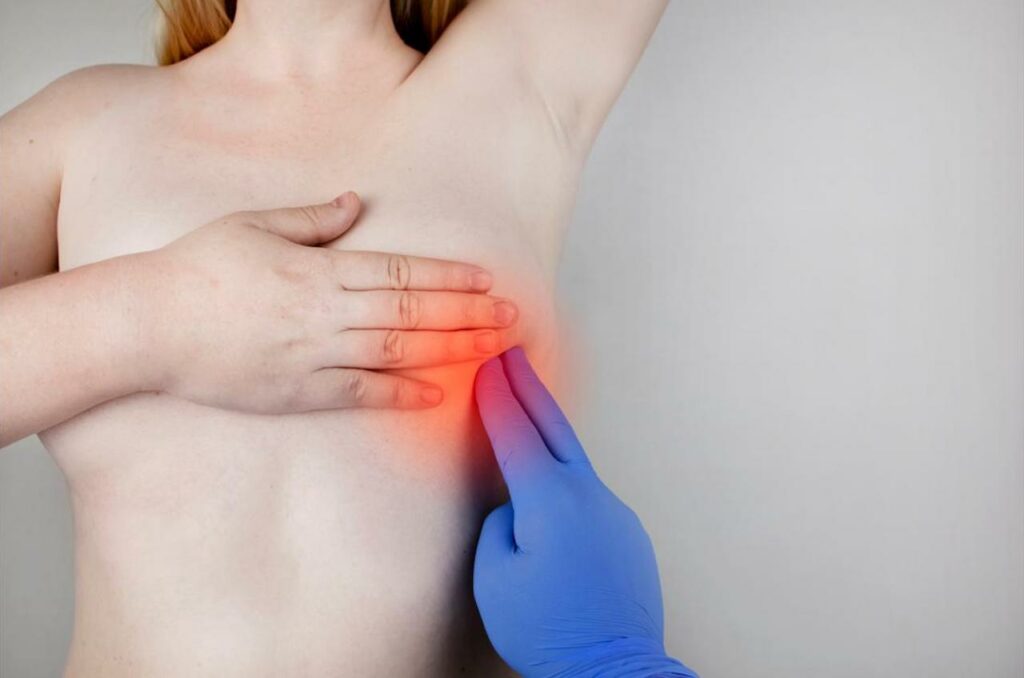
In this guide, we will provide a comprehensive overview of each of these sections, including information on the latest research and expert advice on how to manage and prevent breast pain.
Breast pain is a common concern for many women, and can be caused by a variety of factors. In this blog post, we will explore the causes, symptoms, diagnosis, treatment, and prevention of breast pain to help you better understand this issue.
Table of Contents
ToggleDefinition
Breast pain, also known as mastalgia, is a common symptom that can be described as a discomfort, tenderness, or pain in one or both breasts. The pain can range from mild to severe and can be constant or intermittent. Breast pain can be caused by a variety of factors such as hormonal changes, trauma or injury, infection, breastfeeding, certain medications, and other underlying medical conditions. While breast pain is often not a cause for concern, it is important to seek medical attention if the pain is severe or accompanied by other symptoms such as breast lumps, nipple discharge, or skin changes.
Importance of Understanding Breast Pain is important for a few reasons:
- Identifying underlying medical conditions: While breast pain is often not a cause for concern, it can sometimes be a symptom of an underlying medical condition such as breast cancer or fibrocystic breast changes. Being aware of the potential causes of breast pain can help individuals recognize when they need to seek medical attention.
- Managing discomfort: Breast pain can be uncomfortable and even debilitating for some individuals. Understanding the causes of breast pain can help individuals manage their symptoms more effectively, whether through lifestyle changes or medical treatment.
- Improving quality of life: Chronic breast pain can significantly impact a person’s quality of life, causing stress, anxiety, and affecting their ability to perform daily activities. By understanding breast pain, individuals can take steps to manage their symptoms and improve their overall well-being.
Overall, understanding breast pain is an important part of maintaining breast health and can help individuals identify potential medical issues, manage their symptoms, and improve their quality of life.
Causes of Breast Pain
There are several potential causes of breast pain, including:
1. Hormonal changes: Hormonal changes, such as those that occur during the menstrual cycle or during pregnancy, can cause breast pain. These changes can cause breast tissue to become more sensitive and may also cause breast swelling or tenderness.
2. Breast cysts: Breast cysts are fluid-filled sacs that can develop in the breast tissue. These cysts can cause pain or discomfort, particularly if they become large or if they press on nearby tissue.
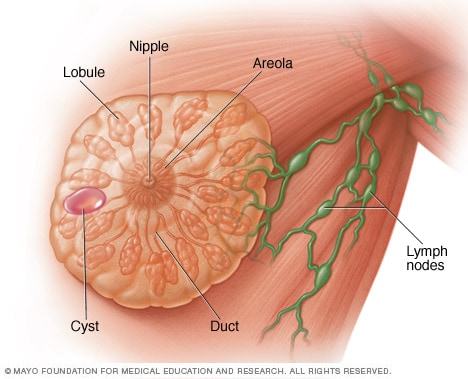
3. Breast trauma or injury: Trauma or injury to the breast, such as a blow or fall, can cause breast pain. This pain may be temporary or long-lasting depending on the severity of the injury.
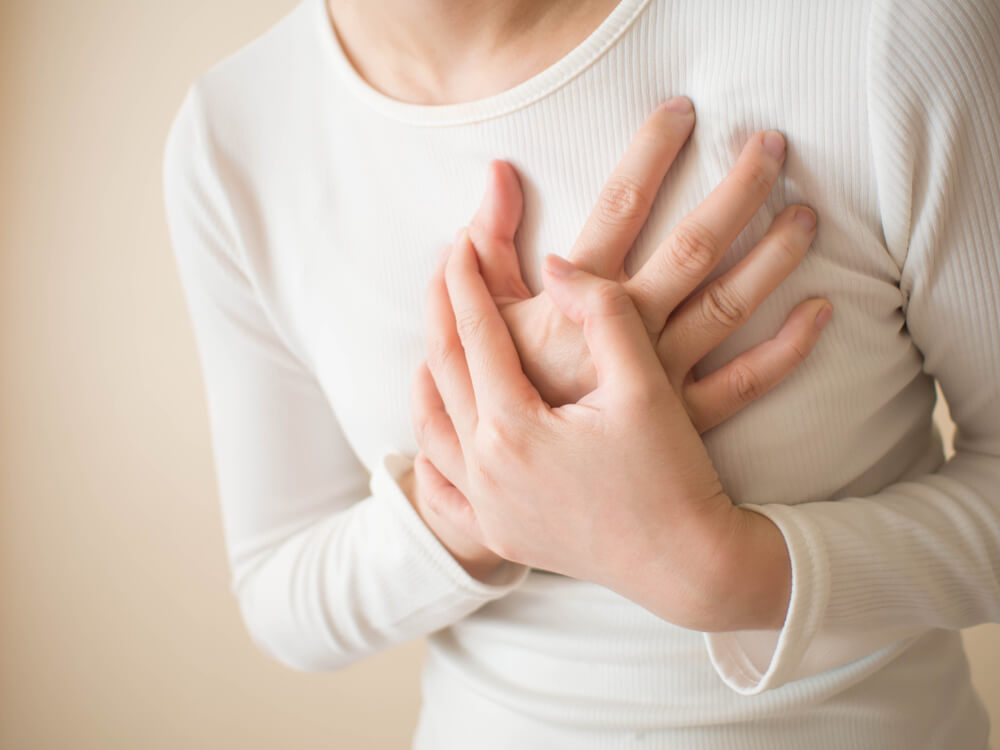
4. Breastfeeding: Breastfeeding can cause breast pain, particularly during the early weeks of breastfeeding as the body adjusts to the demands of producing milk.

5. Infection: Infection of the breast tissue, known as mastitis, can cause breast pain, swelling, and redness. Mastitis is most commonly seen in breastfeeding women but can also occur in women who are not breastfeeding.
6. Certain medications: Some medications, such as hormone replacement therapy or certain antidepressants, can cause breast pain as a side effect.
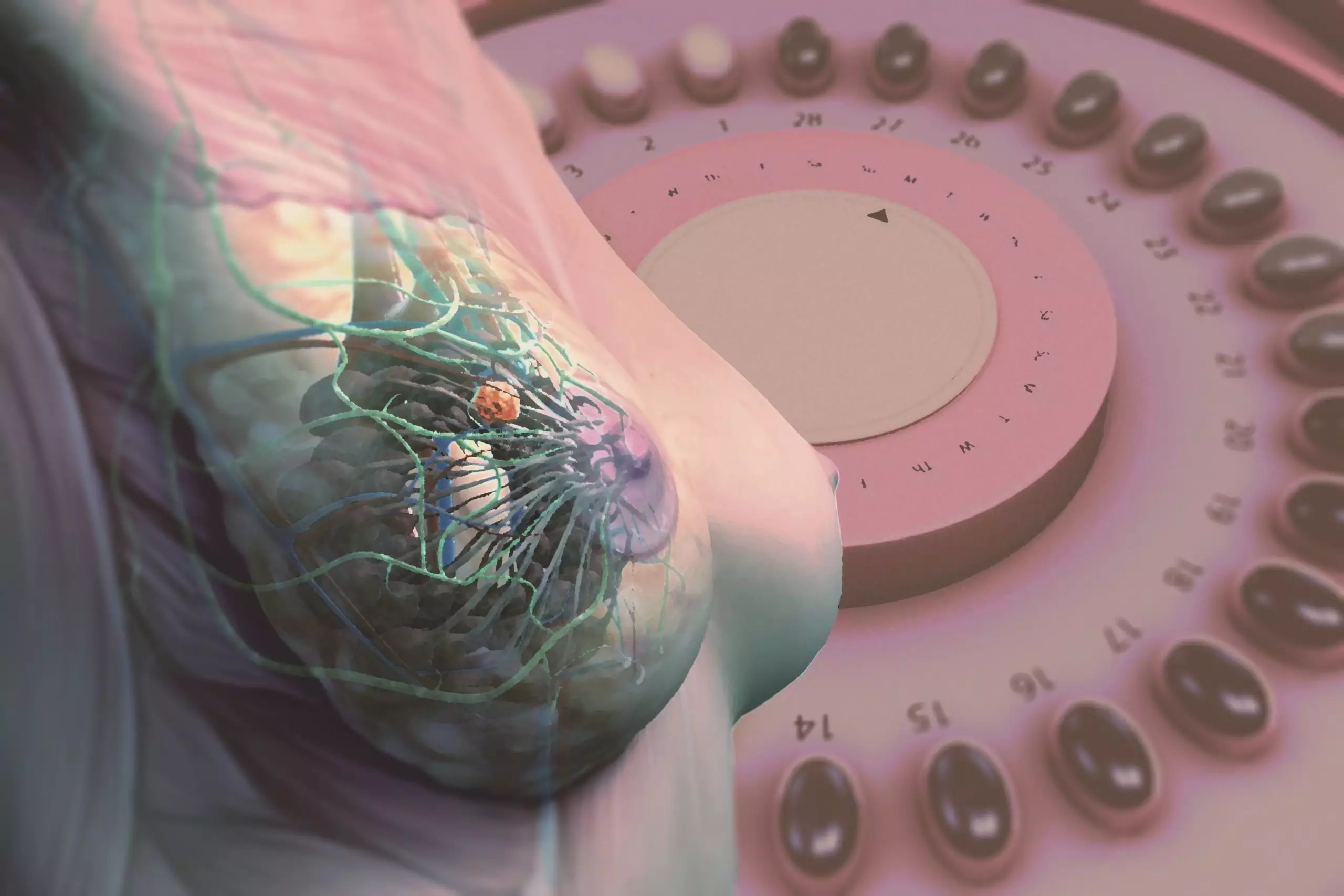
7. Fibrocystic breast changes: Fibrocystic breast changes are a common condition in which breast tissue becomes more lumpy or rope-like. These changes can cause breast pain or discomfort, particularly in the days leading up to menstruation.

8. Breast cancer: While breast pain is rarely a sign of breast cancer, it can be a symptom in some cases. Other symptoms of breast cancer may include a lump in the breast, nipple discharge, or skin changes.

It’s important to note that many cases of breast pain are not serious and may be caused by minor factors such as wearing an ill-fitting bra or engaging in strenuous exercise. However, if you are experiencing breast pain or other symptoms, it’s important to seek medical attention to rule out any underlying medical conditions.
Symptoms of Breast Pain
Breast pain can present with a variety of symptoms, which can vary depending on the underlying cause. Some common symptoms of breast pain include:
- Discomfort, tenderness, or soreness in one or both breasts
- Pain that is dull, sharp, or throbbing in nature
- Pain that is localized to a specific area of the breast
- Breast swelling or enlargement
- Nipple discharge
- Changes in breast skin, such as redness, dimpling, or puckering
- Breast lumps or thickening of the breast tissue
- Pain that is worse before or during menstruation
- Pain that is triggered by touching or pressure on the breast
- Itching or burning sensation in the breast
It’s important to note that not all breast pain is a cause for concern, but it is always a good idea to see a healthcare provider if you are experiencing breast pain or any other unusual symptoms. If you experience sudden or severe breast pain, or if you notice any changes in your breast tissue or nipple, seek medical attention right away.
Types of Breast Pain with Duration and Severity of Breast Pain
Sure! In addition to cyclic and noncyclic breast pain, breast pain can also be categorized based on its duration and severity. Here are some types of breast pain based on duration and severity:
- Acute breast pain: This type of breast pain comes on suddenly and is often severe. It may be caused by injury or trauma to the breast, infection, or a sudden increase in breast size.
- Chronic breast pain: Chronic breast pain is breast pain that lasts for more than a few months. It may be caused by a variety of factors, such as fibrocystic breast changes, medication side effects, or nerve damage.
- Mild breast pain: Mild breast pain is discomfort or tenderness that is generally tolerable and does not interfere with daily activities. It may be caused by hormonal changes or wearing an ill-fitting bra.
- Moderate breast pain: Moderate breast pain is discomfort or tenderness that is more noticeable and may interfere with daily activities. It may be caused by a variety of factors, such as breast cysts or fibrocystic breast changes.
- Severe breast pain: Severe breast pain is intense discomfort or pain that interferes with daily activities and may be debilitating. It may be caused by a variety of factors, such as breast cancer or trauma to the breast.
It’s important to note that the severity and duration of breast pain can vary widely depending on the underlying cause. If you are experiencing breast pain that is severe, lasts for more than a few weeks, or is accompanied by other symptoms such as breast lumps or nipple discharge, it’s important to seek medical attention.
Other Symptoms Accompanying Breast Pain
Breast pain can sometimes be accompanied by other symptoms, which can vary depending on the underlying cause. Here are some examples of other symptoms that may accompany breast pain:
1.Breast lumps or thickening: Breast pain may be accompanied by the presence of a lump or thickening in the breast tissue.
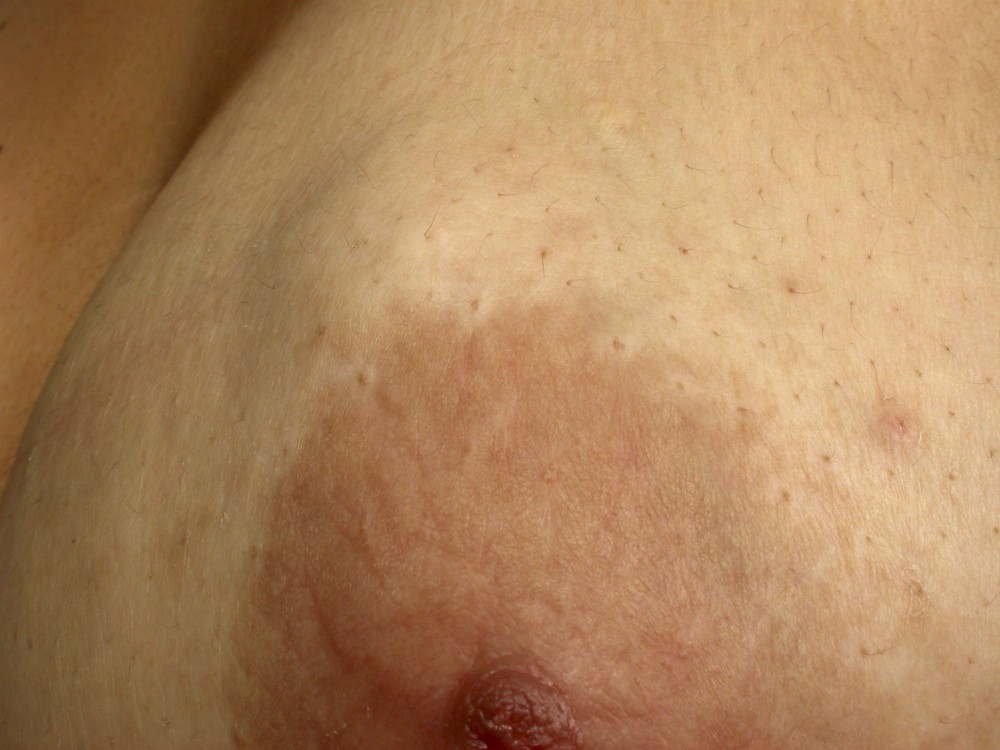
2.Nipple discharge: Breast pain may be accompanied by discharge from the nipple, which can be clear, bloody, or milky in color.
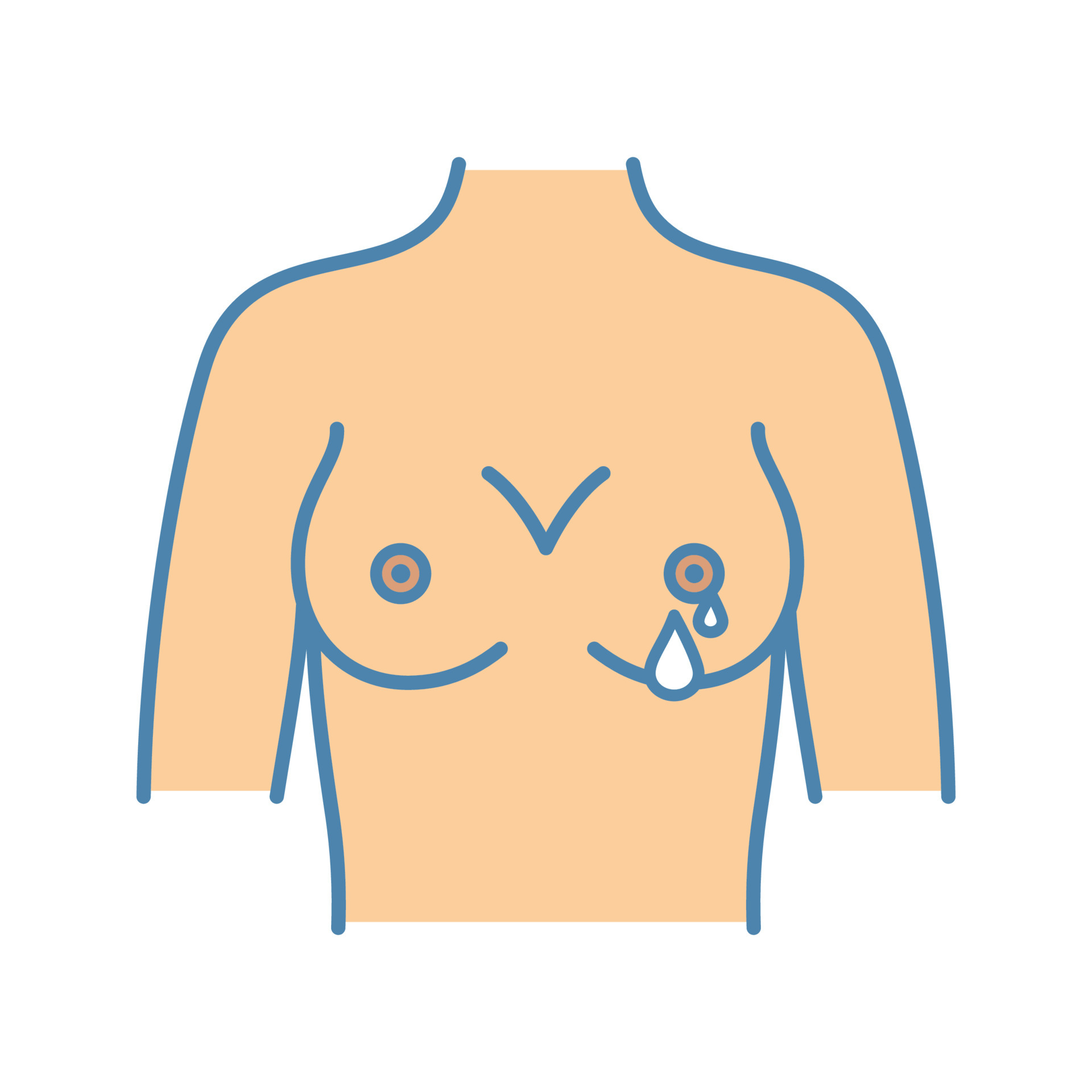
3.Breast swelling: Breast pain may be accompanied by swelling or enlargement of one or both breasts.

4.Skin changes: Breast pain may be accompanied by changes in the skin of the breast, such as redness, dimpling, or puckering.
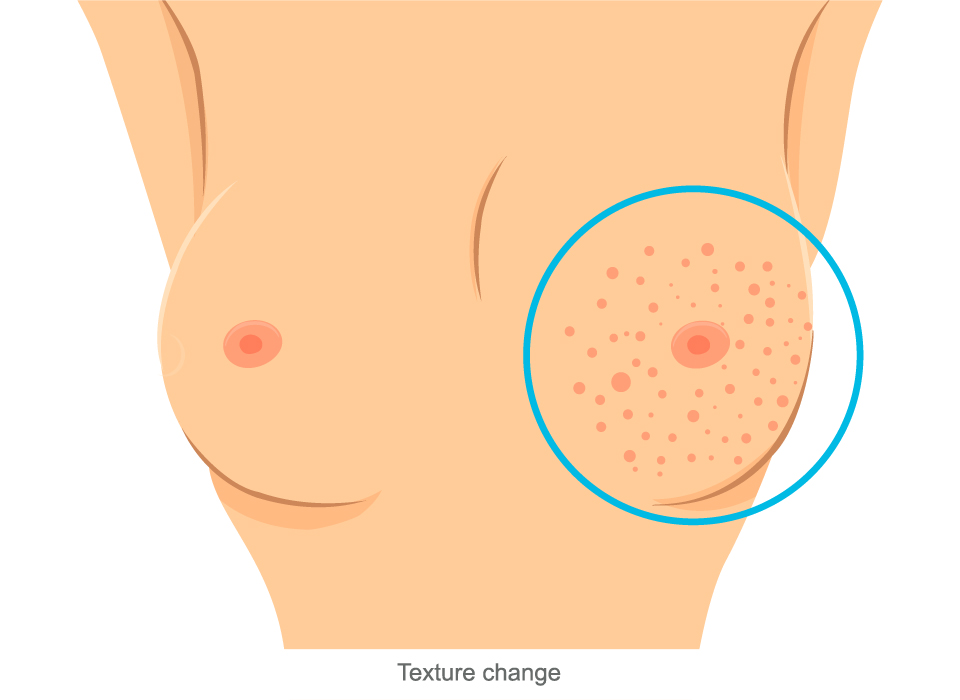
5.Nipple changes: Breast pain may be accompanied by changes in the nipple, such as inversion, flattening, or retraction.
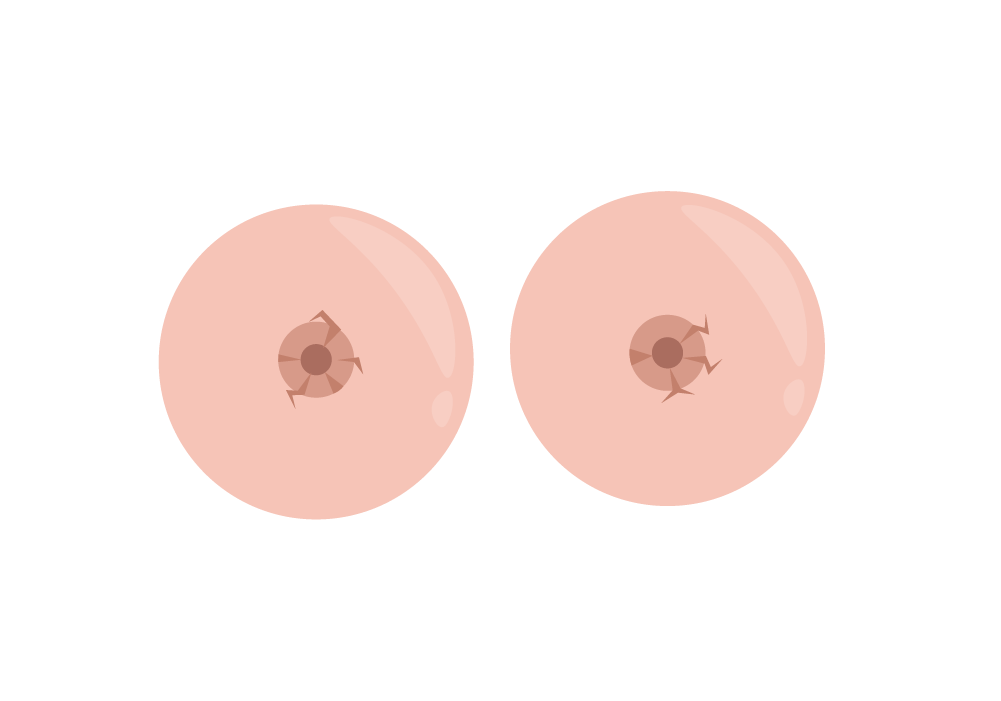
6.Fever: Breast pain accompanied by fever may be a sign of an infection, such as mastitis.

7.Fatigue: Breast pain accompanied by fatigue may be a sign of a more systemic illness, such as fibromyalgia.

It’s important to note that not all breast pain is a cause for concern, but if you are experiencing breast pain along with any of these other symptoms, it’s important to seek medical attention to rule out any underlying medical conditions.
Diagnosis and Treatment of Breast Pain
- Diagnosis Methods
- Treatment Options
- Home Remedies for Breast Pain
Sure! Here are some common methods of diagnosis, treatment, and home remedies for breast pain:
Diagnosis Methods:
1. Physical examination: A healthcare provider may perform a physical examination of the breasts and surrounding areas to check for lumps, swelling, or other abnormalities.

2. Mammography: A mammogram is an imaging test that uses low-dose X-rays to create images of the breast tissue. It is often used to detect breast cancer.

3. Ultrasound: An ultrasound is an imaging test that uses sound waves to create images of the breast tissue. It may be used to evaluate breast lumps or to screen for breast cancer in younger women with dense breast tissue.
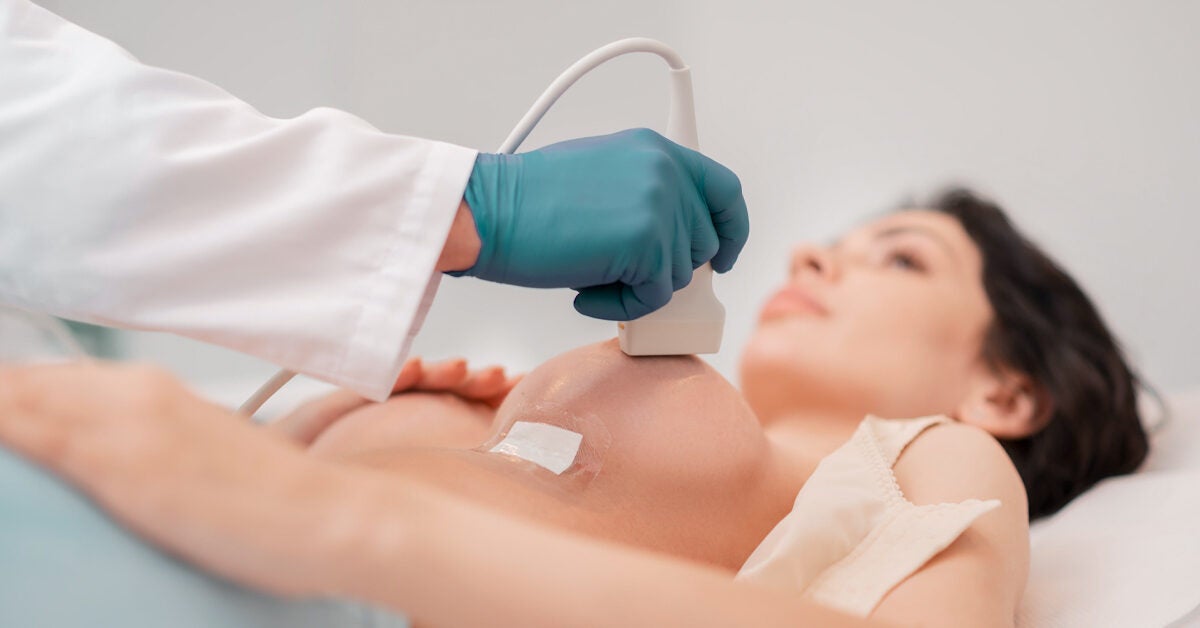
4. MRI: Magnetic resonance imaging (MRI) is an imaging test that uses a magnetic field and radio waves to create detailed images of the breast tissue. It may be used to evaluate breast lumps or to screen for breast cancer in high-risk women.

Treatment Options:
- Over-the-counter pain relievers: Nonsteroidal anti-inflammatory drugs (NSAIDs) such as ibuprofen or aspirin can help relieve breast pain.
- Prescription medications: If over-the-counter pain relievers are not effective, a healthcare provider may prescribe medications such as hormone therapy, antidepressants, or nerve pain medications.
- Surgery: In rare cases, surgery may be recommended to remove a breast lump or to reduce breast size in cases of severe pain or discomfort.
- Treatment of underlying conditions: If the breast pain is caused by an underlying medical condition such as mastitis or fibrocystic breast changes, treatment of that condition may be necessary to alleviate the pain.
Home Remedies for Breast Pain:
1.Wearing a supportive bra: Wearing a supportive bra can help reduce breast pain by providing additional support.
2.Applying heat or cold: Applying a warm or cold compress to the breast may help relieve pain and discomfort.

3.Massage: Gentle massage of the breasts may help relieve pain and tension.

4.Dietary changes: Reducing caffeine intake and increasing water consumption may help alleviate breast pain.

5.Exercise: Regular exercise can help reduce breast pain by improving circulation and reducing stress.

It’s important to note that the appropriate treatment for breast pain will depend on the underlying cause of the pain. If you are experiencing breast pain, it’s important to see a healthcare provider to determine the cause and appropriate course of treatment.
Prevention of Breast Pain
- Lifestyle changes
- Self-care practices
- Regular self-examination
While breast pain is not always preventable, there are some lifestyle changes and self-care practices that can help reduce the likelihood of experiencing breast pain. Here are some examples:
Lifestyle Changes:
- Maintain a healthy weight: Being overweight or obese can increase the risk of breast pain, so maintaining a healthy weight through regular exercise and a healthy diet may help reduce the risk.
- Wear a well-fitting bra: Wearing a supportive bra that fits well can help reduce breast pain and discomfort, especially during exercise or other physical activity.
- Reduce caffeine intake: Caffeine has been linked to breast pain, so reducing caffeine intake may help alleviate or prevent breast pain.
- Avoid smoking: Smoking has been linked to an increased risk of breast pain and other breast problems, so avoiding smoking may help prevent breast pain.
Self-Care Practices:
- Reduce stress: Stress can exacerbate breast pain, so practicing stress-reducing techniques such as meditation or yoga may help prevent breast pain.
- Use gentle skin care products: Harsh skin care products or soaps can irritate the skin of the breasts, leading to pain and discomfort. Using gentle skin care products can help prevent this.
- Apply a warm compress: Applying a warm compress to the breasts may help prevent breast pain by improving circulation and reducing tension.
Regular Self-Examination:
Performing regular breast self-examinations can help detect changes in the breasts that may lead to breast pain. It’s important to become familiar with the normal appearance and feel of your breasts so that you can recognize any changes or abnormalities. If you notice any changes or abnormalities, it’s important to see a healthcare provider for further evaluation.
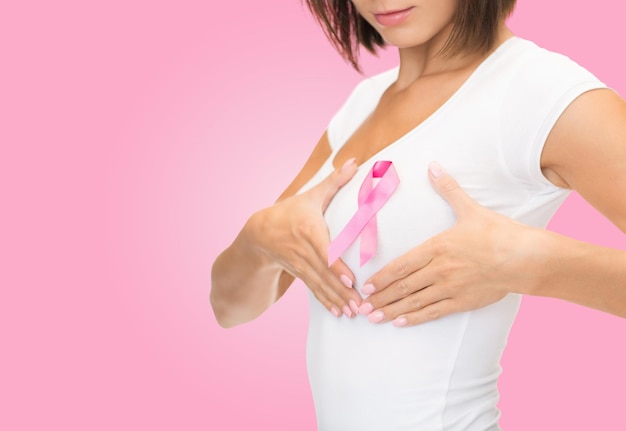
It’s important to note that while these practices may help prevent breast pain, they may not be effective for everyone, and some cases of breast pain may be caused by underlying medical conditions that require treatment. If you are experiencing breast pain, it’s important to see a healthcare provider for evaluation and appropriate treatment.
Summary of Breast Pain
Here’s a summary of The Ultimate Guide to Breast Pain:
1: Definition of breast pain : Breast pain is any discomfort, tenderness, or pain in the breasts or surrounding areas.
2: Importance of understanding breast pain : Understanding breast pain can help individuals recognize potential problems or changes in their breasts, seek appropriate medical care, and alleviate discomfort or pain.
3: Causes of breast pain : Breast pain can be caused by a variety of factors, including hormonal changes, breast cysts, breast injury, infections, and breast cancer.
4: Symptoms of breast pain : Symptoms of breast pain may include tenderness, swelling, nipple discharge, and breast lumps.
5: Types of breast pain : Types of breast pain may include cyclic breast pain, noncyclic breast pain, and chest wall pain.
6: Diagnosis and treatment of breast pain : Diagnosis methods may include physical examination, mammography, ultrasound, and MRI. Treatment options may include over-the-counter pain relievers, prescription medications, surgery, and treatment of underlying conditions. Home remedies may include wearing a supportive bra, applying heat or cold, massage, dietary changes, and exercise.
7: Prevention of breast pain : Prevention of breast pain may include lifestyle changes such as maintaining a healthy weight, reducing caffeine intake, and avoiding smoking, self-care practices such as reducing stress and using gentle skin care products, and regular self-examination of the breasts to detect changes or abnormalities.
Don’t wait until it’s too late to take care of your health. Schedule a breast cancer screening consultation at Titli Breast Care Center (Malleshwaram, Bangalore) today. Our expert team of doctors uses the latest technology to provide you with accurate and reliable results.
Early detection is key in the fight against breast cancer, and we are here to help you take control of your health. Act now and book your appointment to ensure peace of mind and a healthy future.
